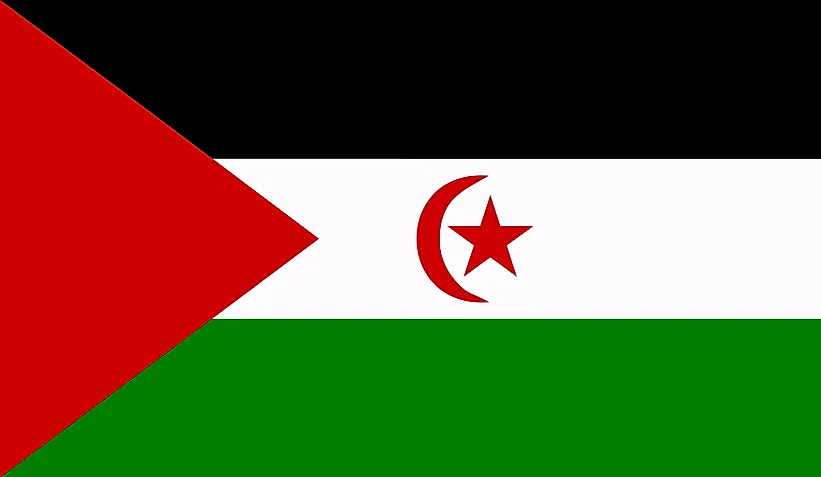
Western Sahara
| Continent | Africa |
| Capital | El-Aaiun |
| Population | 587,020 |
| GDP | $906.50 Million |
| GDP per Capita | $2,500 |
| Dialing Code | +212 |
| ISO Code (2-letter) | EH |
| ISO Code (3-letter) | ESH |
Western Sahara Landscapes






About Western Sahara
Welcome to Western Sahara, a territory in North Africa whose political status remains disputed. With approximately 600,000 people across 266,000 square kilometers, Western Sahara combines Saharan landscapes with rich cultural traditions and a complex political history.
Geographic Features and Natural Beauty
Western Sahara’s geography is dominated by desert landscapes, including parts of the Sahara Desert and Atlantic coastline. The territory features dramatic sand dunes, rocky hamadas (stone deserts), and coastal regions.
Natural features include the Zemmour mountains, extensive phosphate deposits at Bou Craa, and the dramatic meeting of desert and ocean along the coast. The territory’s varied terrain creates unique desert ecosystems.
Protected areas focus on preserving desert wildlife and coastal environments. The territory’s natural resources include rich fishing grounds and significant mineral deposits.
Cultural Heritage and Traditions
Sahrawi culture reflects strong nomadic traditions and Arab-Berber influences. The territory’s heritage includes traditional poetry, music, and distinctive social customs.
Traditional arts feature carpet weaving, jewelry making, and oral poetry. Cultural practices emphasize hospitality, communal solidarity, and the preservation of nomadic traditions.
Local cuisine centers around camel meat, dates, and traditional tea ceremonies. The practice of traditional nomadic lifestyle continues to influence cultural identity.
Historical Journey
Western Sahara’s history spans from ancient times through Spanish colonization to current disputed status. The territory was traditionally inhabited by nomadic tribes with complex social structures.
Significant periods include Spanish colonial rule (Spanish Sahara), decolonization efforts, and ongoing sovereignty disputes since 1975. The territory’s strategic location and resources have influenced its historical development.
Modern Economic Landscape
The territory’s economy focuses on natural resources including phosphates and fishing. Traditional activities like camel herding continue alongside modern developments.
Recent initiatives emphasize infrastructure development and resource management. The territory’s economic potential remains linked to resolution of its political status.
International Relations and Global Position
Western Sahara’s international status remains disputed, with ongoing United Nations involvement. The territory’s situation attracts international attention regarding self-determination rights.
Did You Know?
• Western Sahara contains one of the world’s largest phosphate deposits?
• Traditional Sahrawi poetry plays a crucial role in preserving cultural history?
• The territory features unique desert adaptations of wildlife?
• Traditional nomadic lifestyle includes sophisticated water management techniques?
Conclusion
Western Sahara represents a unique combination of desert heritage and political complexity. From vast sand dunes to rich fishing grounds, from traditional nomadic culture to modern resource development, the territory continues to evolve while addressing its unique challenges. As it faces ongoing questions about its political future, Western Sahara maintains its distinctive cultural identity while adapting to contemporary realities.